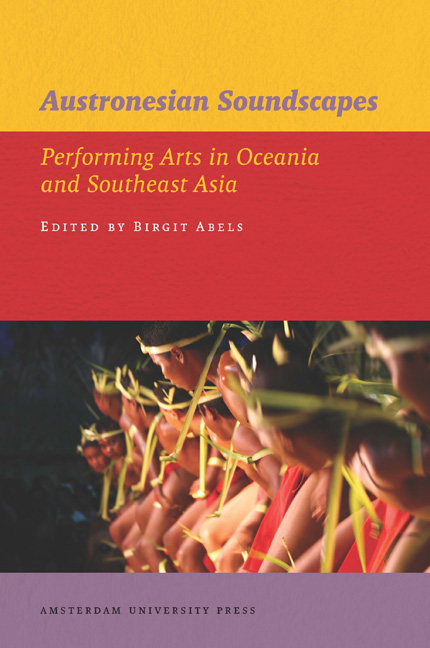4 - The Contemporary Musical Culture of the Chinese in Sabah, Malaysia
Published online by Cambridge University Press: 20 January 2021
Summary
Introduction
Analysing musical culture has been the prime interest of many musicologists and social scientists for many decades. Bennett (2008) outlines early attempts at theorising popular music and culture where music is seen as an ideological way to dominate the masses but also a subversive resource for the working class, a reaction to repression, in other words, a mirror of reality. Since the mid-1990s, a much more convincing approach, led by Frith (1983), dismantled the earlier top-down approach in favour of a dynamic interactive process in which the everyday reception, appropriation and aestheticisation of popular music texts, artefacts and associated resources are integral to the production of musical meaning and significance (Bennett 2008: 430).
According to Oxford Music Online, classical music ‘is used as a generic term meaning the opposite of light or popular music’; it has ‘an orderly nature, with qualities of clarity and balance, and emphasising formal beauty rather than emotional expression (which is not to say that emotion is lacking).’ Writing about classical music for the piano, Whiting (1985) describes it as a body of work that was the result of an extremely detailed compositional process over a long period of time, meticulously rehearsed and performed the same way each time. Classical music can be popular music in the sense that it may be the choice of the majority of people as reflected in the significant place it has in their cultural world. Parakilas (2004: 36) also argues that classical music's adaptation to new uses and new media gives it new kinds of popularity. Before the era of mass communication made possible by radio, classical music was something special beyond one's everyday experience: students rehearsed hard to acquire the skills necessary to play it and the knowledge to fully appreciate it. Following the advent of the radio and later, recorded media, live streaming and user-generated content such as those on YouTube, classical music ‘is no longer a ritual which you must dress up and travel to a public building to hear’ (2004: 50).
It is useful to apply the ‘dynamic interactive process’ approach when trying to understand the music making of the Chinese in Sabah. Certainly, the top-down approach, exemplified by repression and reactionary sentiments, does not apply.
- Type
- Chapter
- Information
- Austronesian SoundscapesPerforming Arts in Oceania and Southeast Asia, pp. 85 - 102Publisher: Amsterdam University PressPrint publication year: 2012



